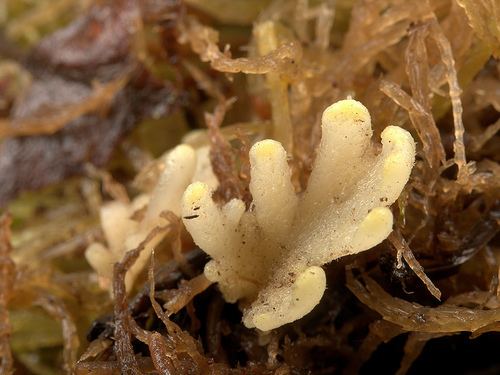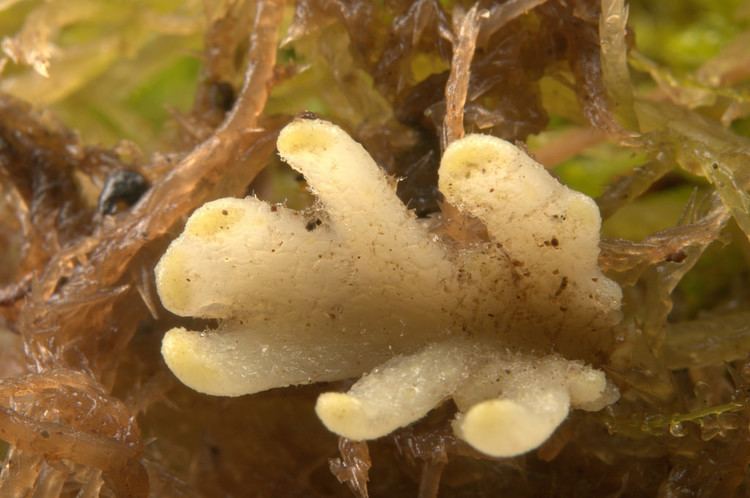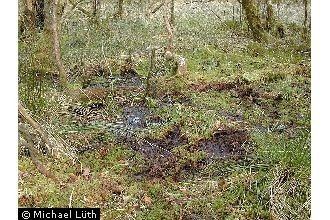Kingdom Plantae Class Jungermanniopsida Family Aneuraceae Scientific name Cryptothallus mirabilis | Division Marchantiophyta Order Metzgeriales Genus Cryptothallus Rank Species | |
 | ||
Similar Cryptothallus, Aneura, Aneuraceae, Metzgeriales, Aneura pinguis | ||
Cryptothallus mirabilis is a species of liverworts in the family Aneuraceae, and was first described in 1933. Plants of this species are white as a result of lacking chlorophyll, and their plastids do not differentiate into chloroplasts. Apart from lacking chlorophyll, Cryptothallus is very similar to the genus Aneura, and the validity of recognizing Cryptothallus as a separate genus has been questioned by Renzaglia, who suggests it may be considered "merely as an achlorophyllous species of Aneura."
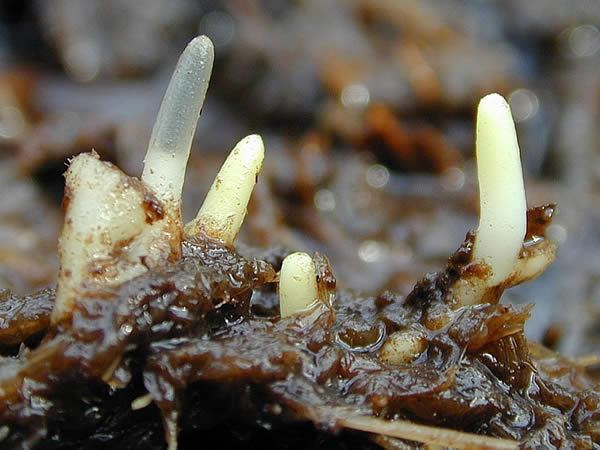
Cryptothallus mirabilis is a subterranean myco-heterotroph that obtains its nutrients from the abundant fungi growing among its tissues rather than from photosynthesis. Until recently, it was the only species of bryophyte known with this combination of characteristics, but a second species Cryptothallus hirsutus was discovered in Costa Rica in 1996. The infecting fungus is a basidiomycete, which is also the case in fungi associated with the related genera Aneura and Riccardia. However, this is not the case for other members of the Metzgeriales that have been studied.
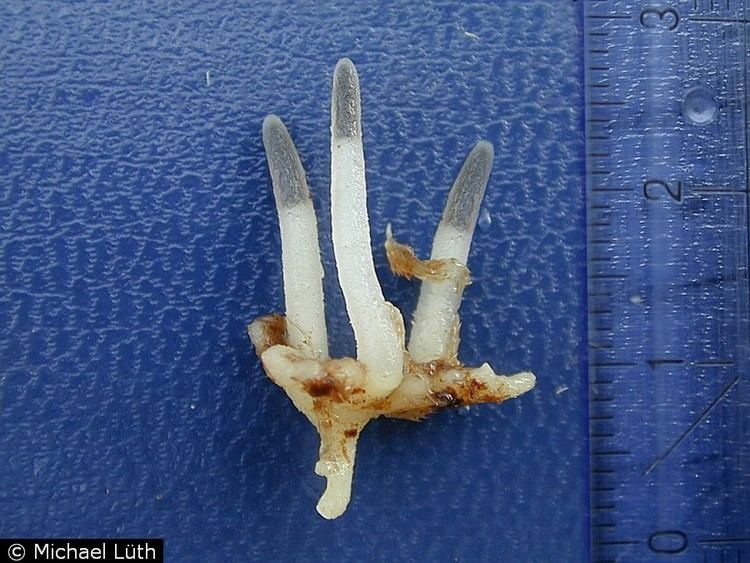
The plants are small, seldom growing more than three centimeters long. They grow in bogs and are typically found underneath peat moss or other dense moss growth near birch trees. Plants have been found in locations across northern Europe, and once in Greenland.
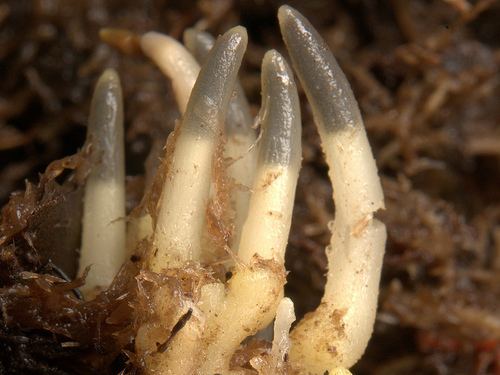
The species is dioicous, with individual plants producing either antheridia or archegonia, but never both. The female plants (with archegonia) are typically ten times the size of the male plants. The development of reproductive structures in Cryptothallus is not controlled by photoperiod, but does require a temperature of at least 21 °C (70 °F) following a period of sufficiently low temperature.
